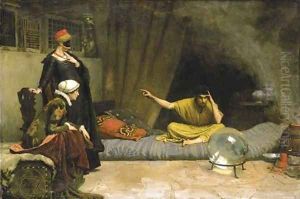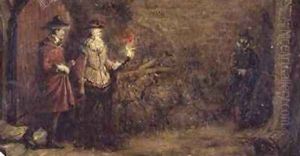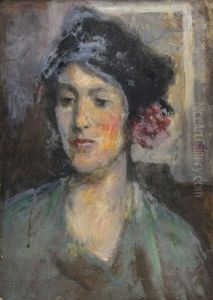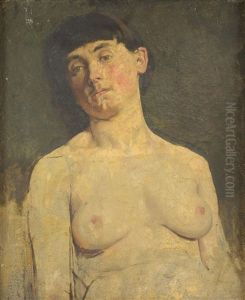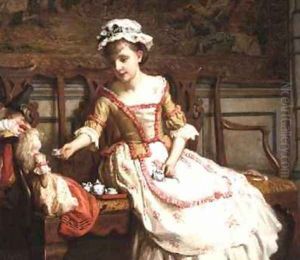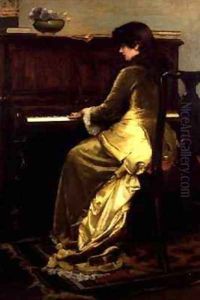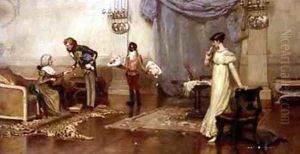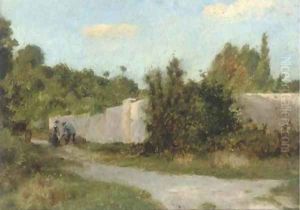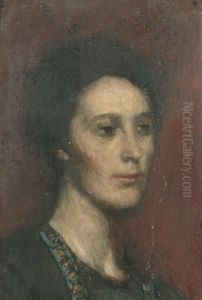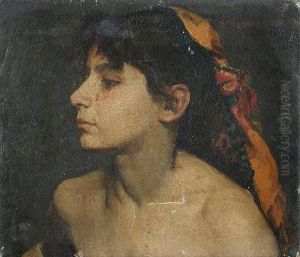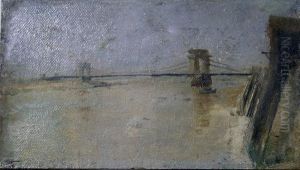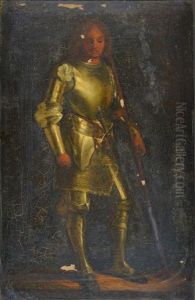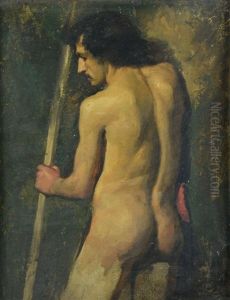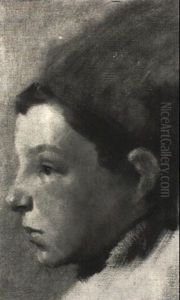Charles Gogin Paintings
Charles Edward Hallé Gogin, known as Charles Gogin, was an English painter and etcher born on November 11, 1846, in London. He was the son of Emile Gogin, a portrait painter of French descent, and Mary Ann Hallé, sister of the pianist and conductor Sir Charles Hallé. This artistic and musical environment influenced Gogin's early life and career choice.
Gogin initially trained as a lawyer, but his passion for art prevailed, leading him to abandon law and pursue an artistic career. He studied at the Royal Academy Schools in London, where he honed his skills and became proficient in various mediums, including painting and etching. His works were exhibited at the Royal Academy and elsewhere from 1873 onwards.
Throughout his career, Gogin was well-regarded for his portrait paintings. He had the ability to capture not just the physical likeness but also the character and personality of his sitters. His style was influenced by the realist movements of the time, though he also drew upon the techniques of the old masters. In addition to portraits, Gogin also painted landscapes and genre scenes, showing a versatility in his subject matter.
Gogin's contributions to the art world were not limited to his paintings. He was also a teacher, sharing his knowledge and skills with the next generation of artists. His legacy as a painter and educator continued to influence British art beyond his lifetime.
Charles Gogin died on March 28, 1931, at the age of 84. Although not as widely known today as some of his contemporaries, his work remains a testament to the rich artistic environment of late 19th and early 20th century England, embodying the transition from Victorian to Edwardian art styles.
